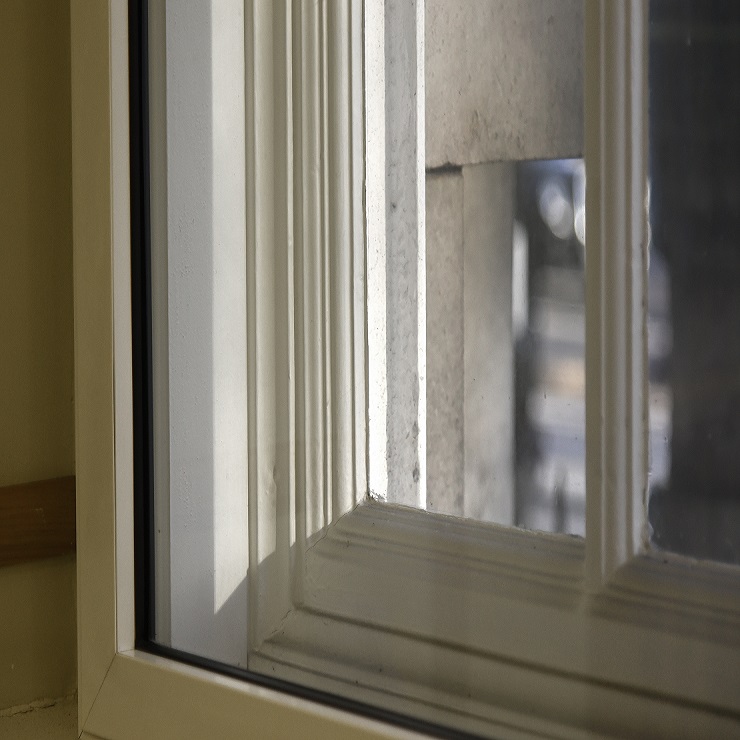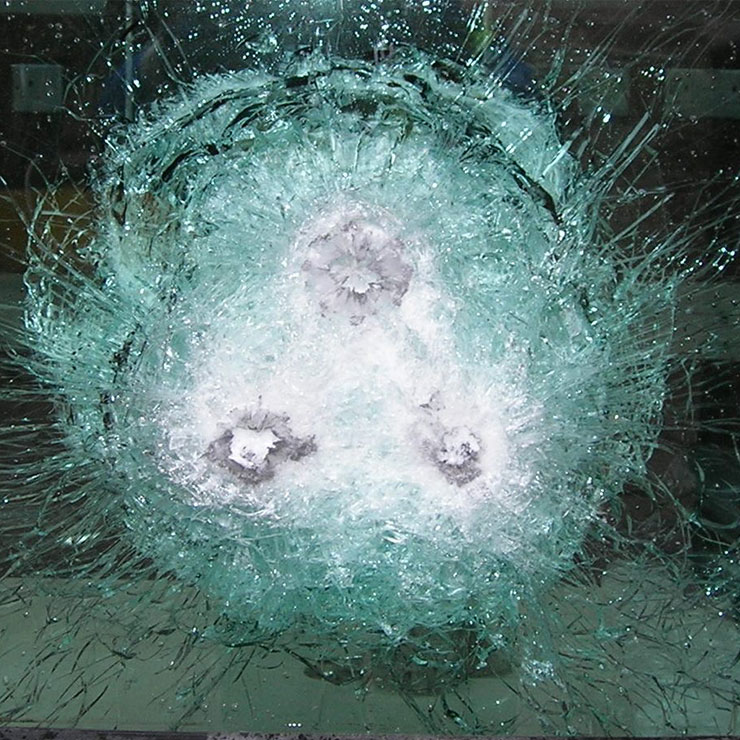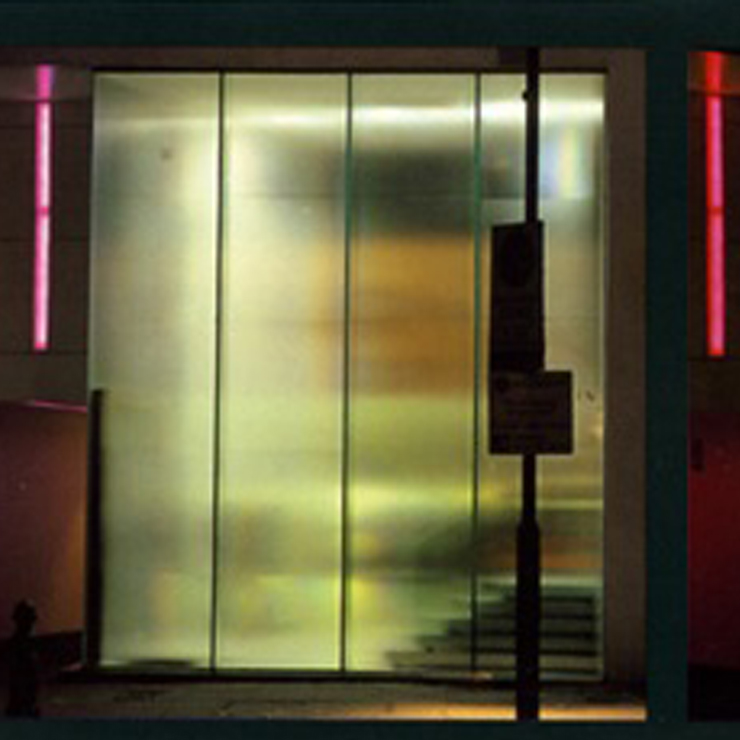Windows and glazed facades comprise of a number of components and their security resistance is linked to how these components perform as a system, such as glass, seals, frame, connection to structures, hardware. The specification of these components will relate to the level of protection required, and not just the glass.
There are various types of glass available with different properties such as laminated, annealed/float, toughened, heat strengthened, laminated sandwiches and polycarbonate glass.
Laminated glass is the preferred option for most security applications. However, anti-shatter film and bomb blast net curtains may be used in conjunction with any type of glazing.
Additional security measures may also be required to mitigate other threat types.
How does this guidance work?
Our implementation guidance provides an overview of the different areas you should consider when thinking about the level of protection and mitigation for your building. The Blast Resistant Measures page should be read first to assist in identifying a suitable approach.








